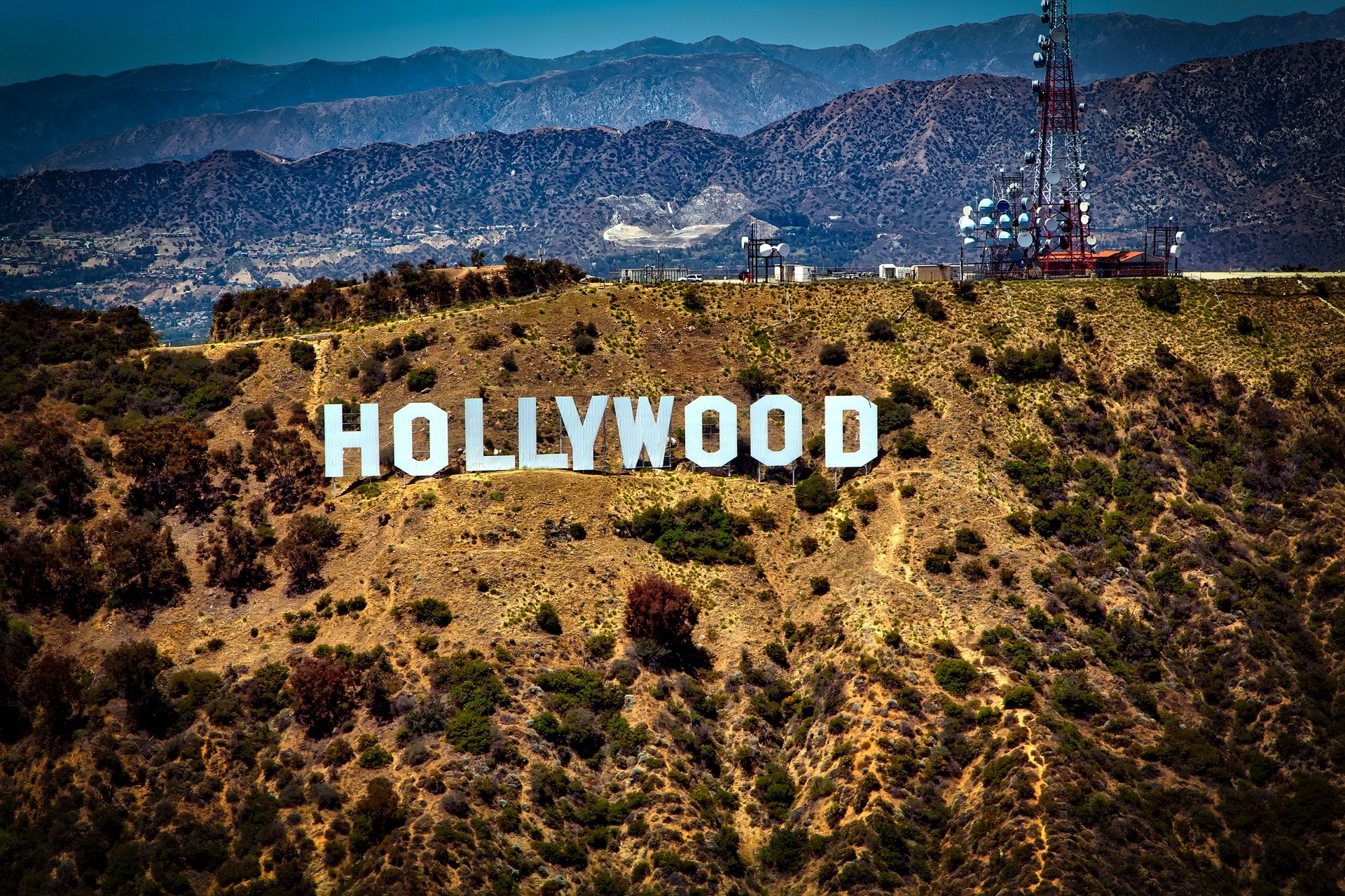COVID Safety Measures Add 4% to 6.5% in Costs to Film, TV Budgets
A new report from the California Film Commission found that COVID protocols added $90M in costs to 50 projects

SACRAMENTO, Calif—In one of the few studies to offer actual numbers on the cost of COVID-19 safety measures and protocols on film and TV production, the California Film Commission studied 50 film and TV projects with total budgets of $1.9 billion currently in the state's tax program and found that they spent about $90 million on COVID related costs.
The Commission released the numbers as part of a review of the state’s tax credit system. It allows all COVID-related expenditures in the state to qualify for tax credits. It found that project budgets submitted for review in the tax credit program indicate that approximately 40% of COVID expenditures go to labor costs and 60% go to materials.
The biggest impact was on big-budget feature films. The Commission's aggregate data showed that feature films with budgets greater than $20 million in the Tax Credit Program typically anticipate spending between 5% and 6.5% of their total budgets on COVID-related costs. This translates to approximately 9% of their qualified expenditures for the tax credit.
Low-budget films and television series typically anticipate about 4.25% of their total budgets for COVID-related costs and about 6.2% of their qualified expenditures, the report found.
Overall, the report found that 48 approved projects in fiscal year one of Program 3.0 tax credit program that wrapped its fiscal year on June 31, 2021 generated “$2.6 billion in direct in‐state spending, including more than $992 million in qualified wages. The 48 projects comprised of 14 non-independent feature films, 4 independent projects with budgets over $10 million, 13 independent projects with $10 million budget or less, 12 recurring television series, and 5 relocating television series.”
The full report is available here.
The professional video industry's #1 source for news, trends and product and tech information. Sign up below.
George Winslow is the senior content producer for TV Tech. He has written about the television, media and technology industries for nearly 30 years for such publications as Broadcasting & Cable, Multichannel News and TV Tech. Over the years, he has edited a number of magazines, including Multichannel News International and World Screen, and moderated panels at such major industry events as NAB and MIP TV. He has published two books and dozens of encyclopedia articles on such subjects as the media, New York City history and economics.

